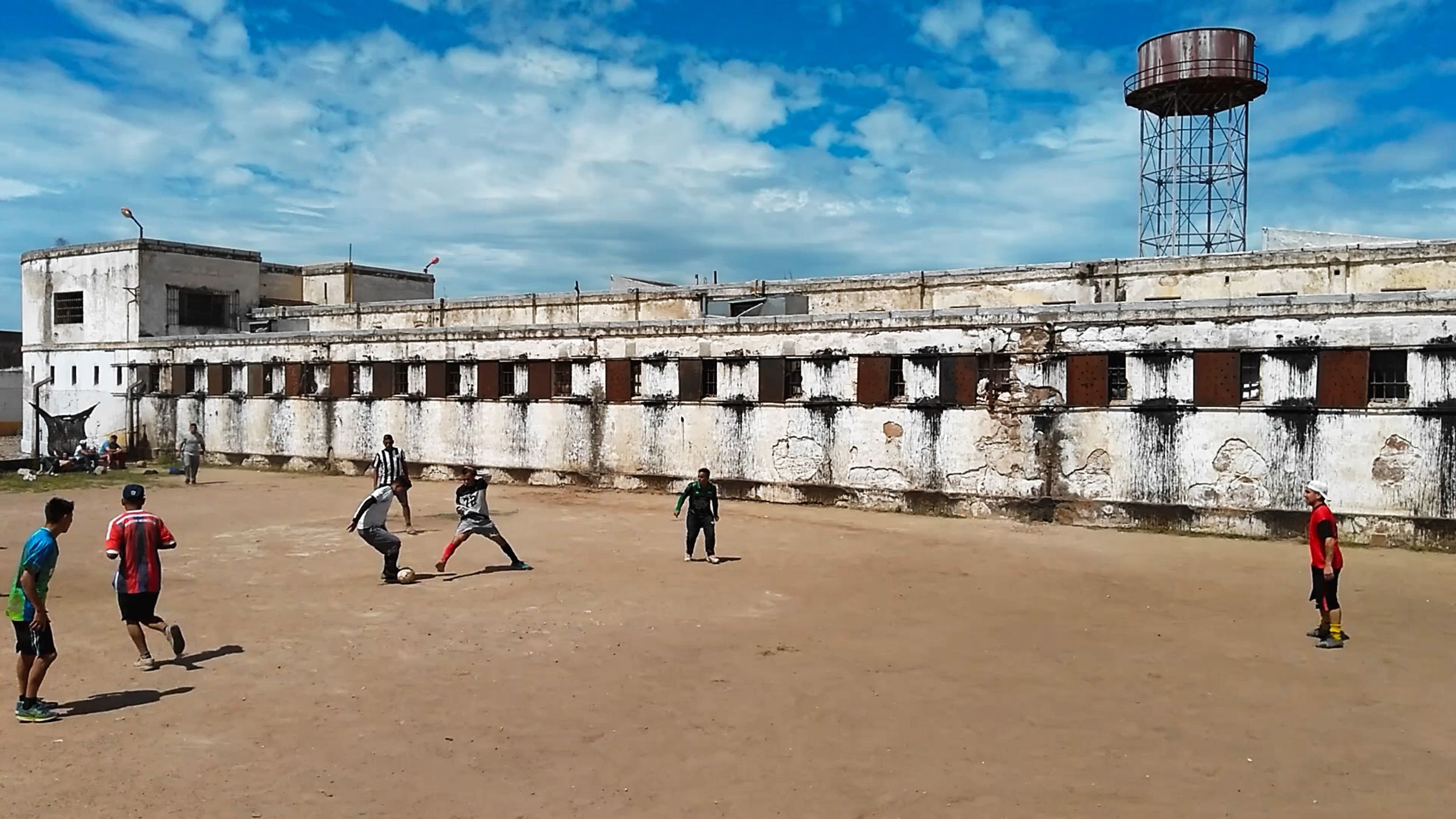In the Argentinian prison where he’s serving a sentence, Marcos cherishes his smartphone, which he uses to keep in touch with family and loved ones. It’s also the device with which, at the request of filmmaker Toia Bonino (Orione, 2017), he documents his daily life. His video recordings and back-and-forth voice messages with Bonino form a precious link to the outside world.
Life is on hold for Marcos. His son is growing up in his absence, and his girlfriend seems to be gradually drifting away. He continues filming over the course of six years, with encouragement and coaching from Bonino. They discuss what the film should look like, how to frame interesting shots, and how this whole scenario might come to an end.
Over time, Marcos becomes increasingly creative and skillful in capturing prison life: the rudimentary cooking and exercising, the camaraderie and the moments of danger; the grinding boredom, the daily roll calls, the sleepless nights and his worries. The resulting work is an intimate portrait of prison life. Marcos’s growth as a filmmaker and the collaborative nature of the creative process also make it a film about cinema itself.
Stills

































